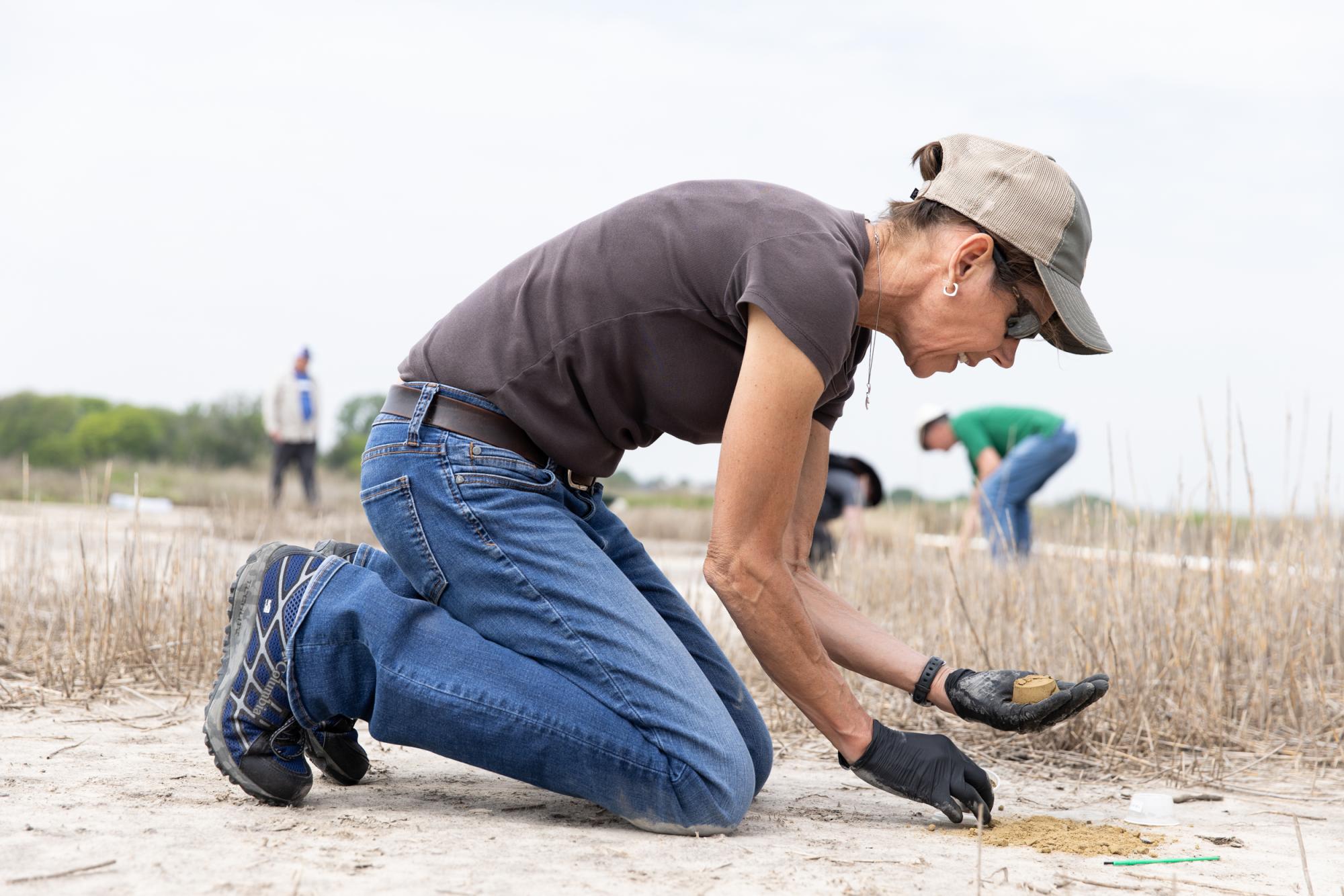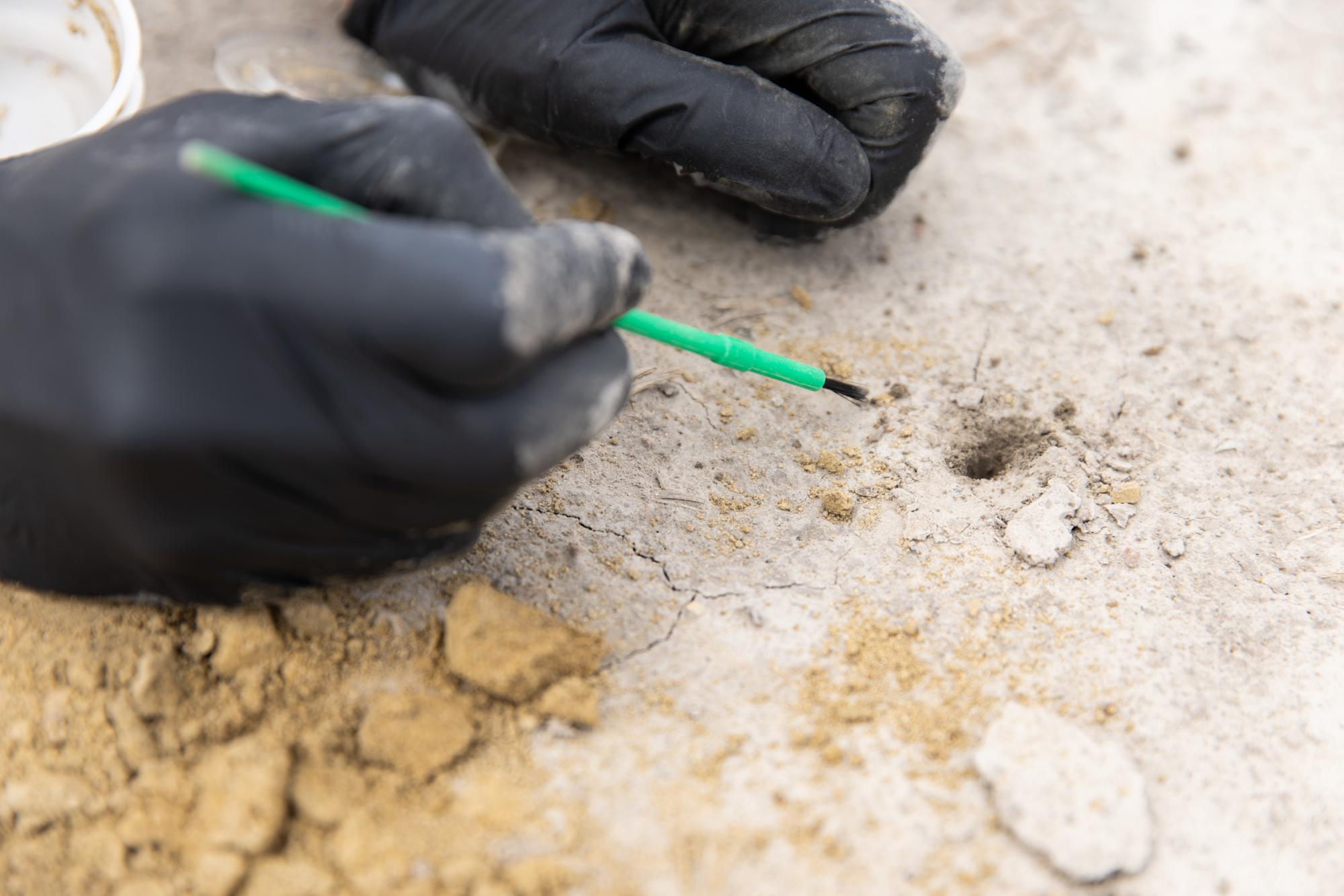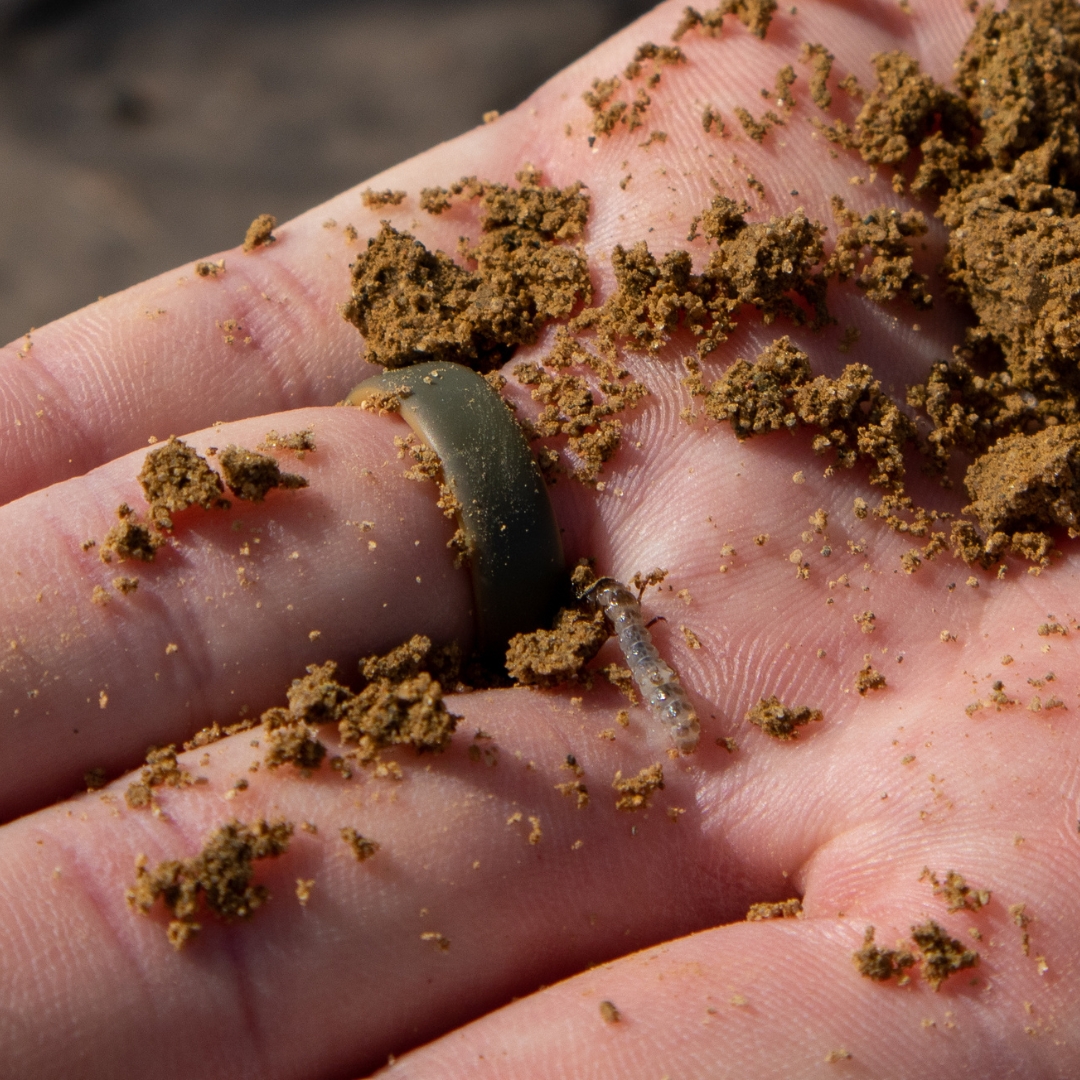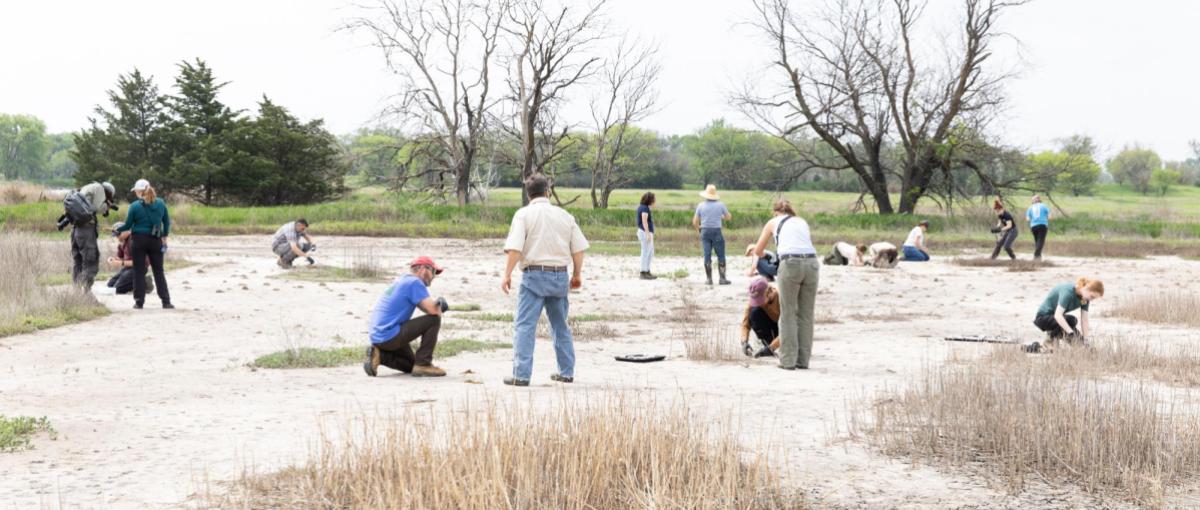Endangered Salt Creek Tiger Beetle Release
Endangered Salt Creek Tiger Beetle Release
The LPSNRD recently took part in a large partnership effort to release over 250 Salt Creek Tiger Beetle larvae at local saline wetlands.
The Salt Creek Tiger Beetle is one of the most endangered insects in the world and has been listed as a federally endangered species since 2005. These beetles live solely in saline wetlands which are unique habitat characterized by high salt concentration, found here in southeast Nebraska.
For the Salt Creek Tiger Beetle to survive and thrive, they require saline mud flats with salt deposits that are the direct result of underground salty water rising to the surface. This salty environment provides the Salt Creek Tiger Beetle a place for foraging, feeding, reproduction and overwintering.
The salt deposits that the Salt Creek Tiger Beetle depends on are remnants of a former inland sea that once covered Nebraska over 60 million years ago. Historically there were roughly 20,00 acres of saline wetlands situated in and around present day Lincoln. Today, what remains is less than 4,000 acres. These salty wetland habitats are among the most unique and threatened wetland communities in the country.
In 2003, the Saline Wetland Conservation Partnership was formed by state and local agencies to implement plans to address the preservation of the remaining 4,000 acres. This partnership exists through an interlocal cooperation agreement between the City of Lincoln, LPSNRD, and NE Game and Parks who have effectively secured 2,000 of the remaining 4,000 acres. The important work being done aimed at protecting this special and unique habitat is solely due to the work of this group.
These wetlands do not only provide habit for the Salt Creek Tiger Beetle, they are also home to salt tolerant plant species such as spearscale, inland salt grass, sea blite, prairie bulrush and the state endangered saltwort plant. In addition, these saline wetlands are critical in protecting stream quality by filtering and collecting runoff water and aid in flood control by storing water after heavy rain events.
We would like to give special thanks to our partners in this effort: LPSNRD, USFWS, NGPC, City of Lincoln, Topeka Zoo, Henry Doorly Zoo, Lincoln Childrens Zoo and UNL.
Make sure to visit and explore the saline wetlands located right here in the Lower Platte South Natural Resources District. They are great for wildlife watching and photography along with opportunities to study local and unique flora and fauna.





